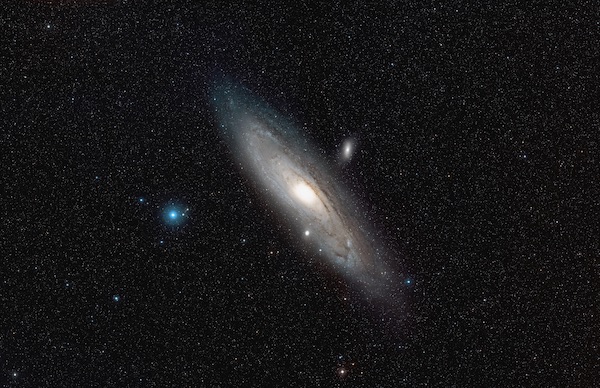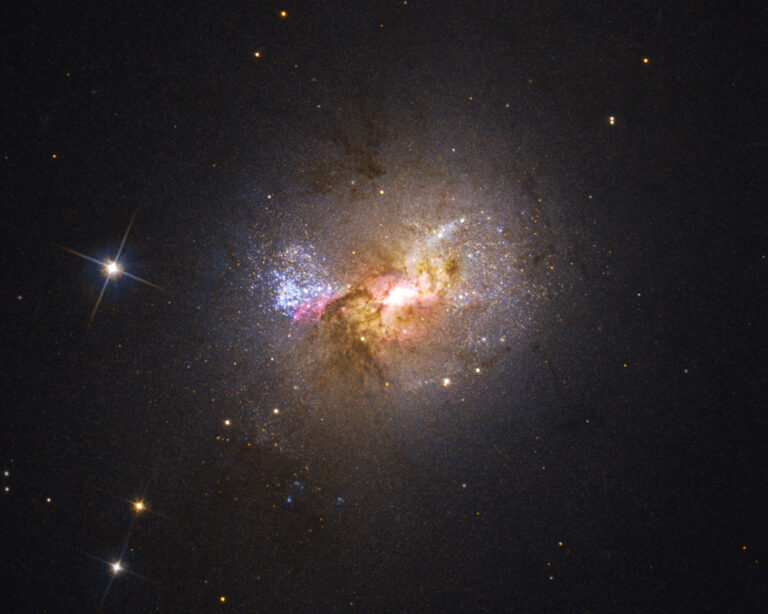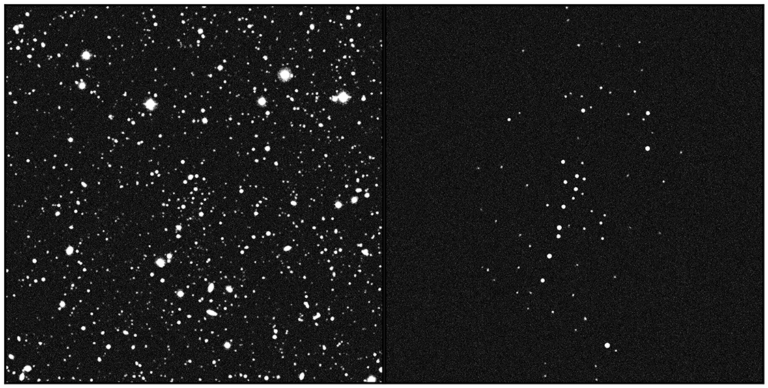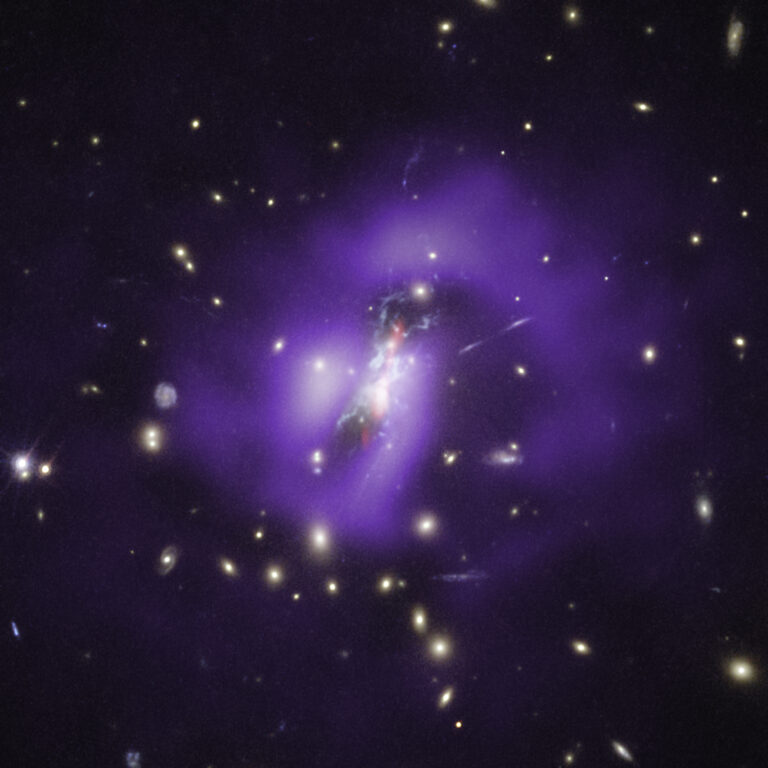Key Takeaways:
- The Milky Way has at least 14 known satellite galaxies.
- The Andromeda Galaxy has at least 19 known satellite galaxies.
- The number of satellite galaxies around both galaxies is still uncertain.
- Satellite galaxies' arrangement challenges current cosmological models.
Q: How many satellite galaxies have now been detected that are gravitationally bound to our Milky Way Galaxy? Are we able to detect any around the Andromeda Galaxy?
A: The largest satellite galaxies to our Milky Way are the Large Magellanic Cloud and the Small Magellanic Cloud, which are easily spotted with the naked eye from the Southern Hemisphere. But the exact number of satellite galaxies surrounding the Milky Way is still relatively unknown and has been a point of near-continuous study in astronomy since the discovery of the Sculptor Dwarf Galaxy in the 1930s.
While the exact number is uncertain, astronomers have currently identified at least 14 satellite galaxies, thanks in large part to the Sloan Digital Sky Survey, the Dark Energy Survey, and the Panoramic Survey Telescope and Rapid Response System. Yet, astronomers think it is likely that even more satellite galaxies are waiting to be found with deeper imaging surveys in the future.
As with the Milky Way, the exact number of satellites that surround the Andromeda Galaxy is not certain. There are at least 19 confirmed dwarf galaxies orbiting our neighbor, the brightest and largest of which is NGC 205 (sometimes called M110).
Determining exactly how many satellite galaxies both the Milky Way and Andromeda have is crucial for testing current cosmological models. Recently, astronomers discovered that both galaxies are a bit surprising when it comes to the distribution and velocities of their satellites: While simulations predict a random distribution, observations show that both the Milky Way’s and Andromeda’s satellites lie in a narrow plane perpendicular to their respective disks and rotate within this plane. Co-rotating planes like these occur in less than 1 percent of simulations, so it brings into question whether cosmological predications are correct or if our Local Group of galaxies is weird. As it turns out, the same unexpected behavior occurs in a third galaxy, Centaurus A, making it likely that these satellite planes are not an exception and instead a rule.










